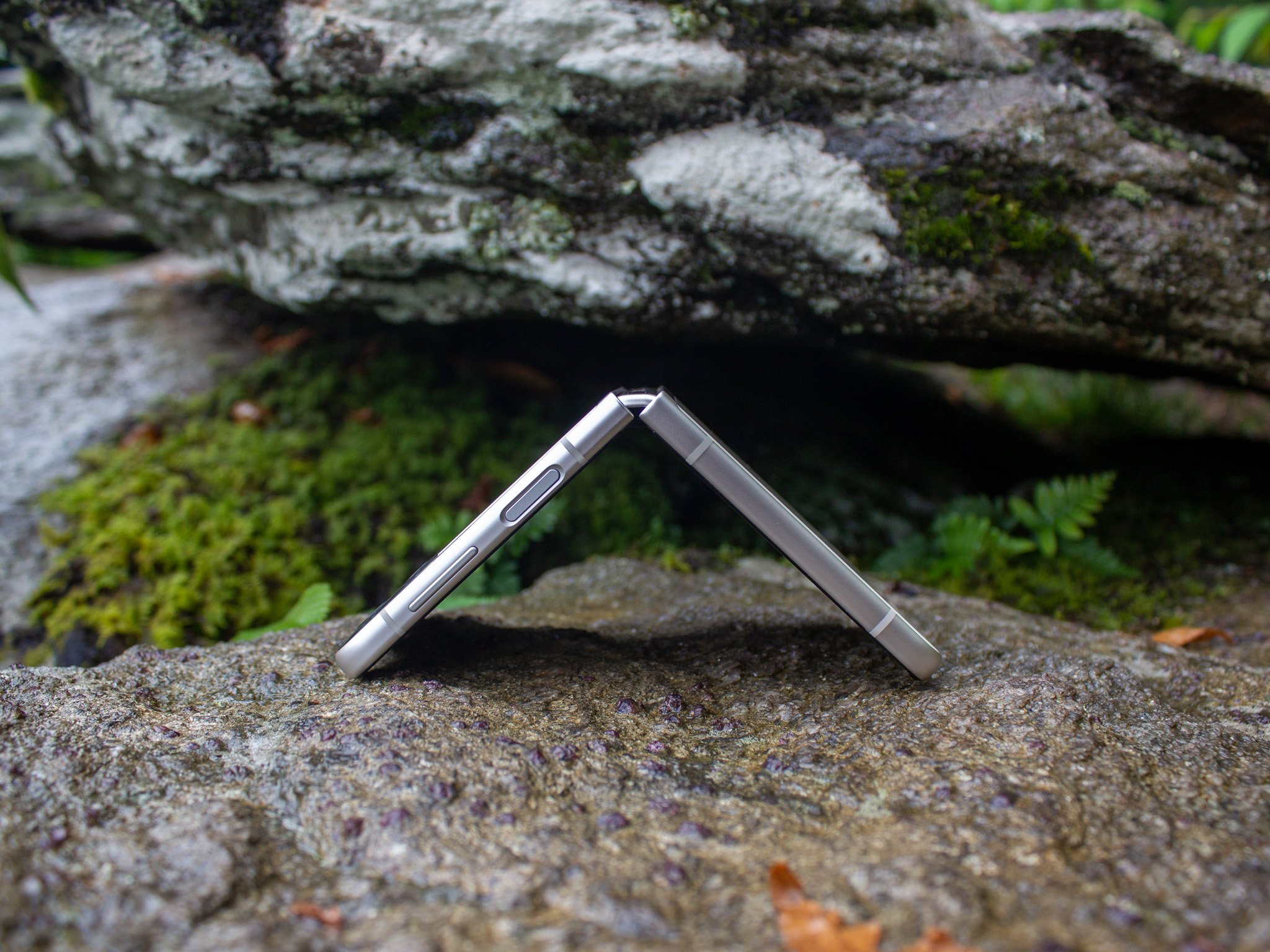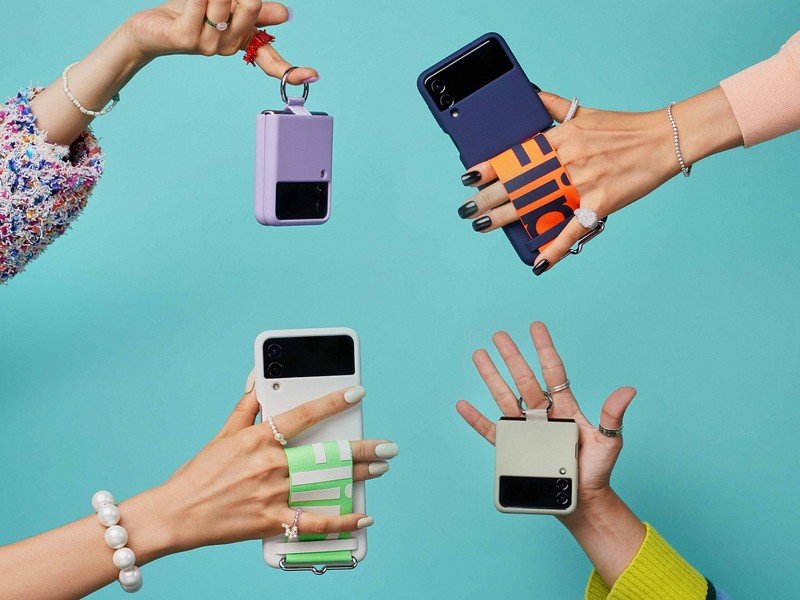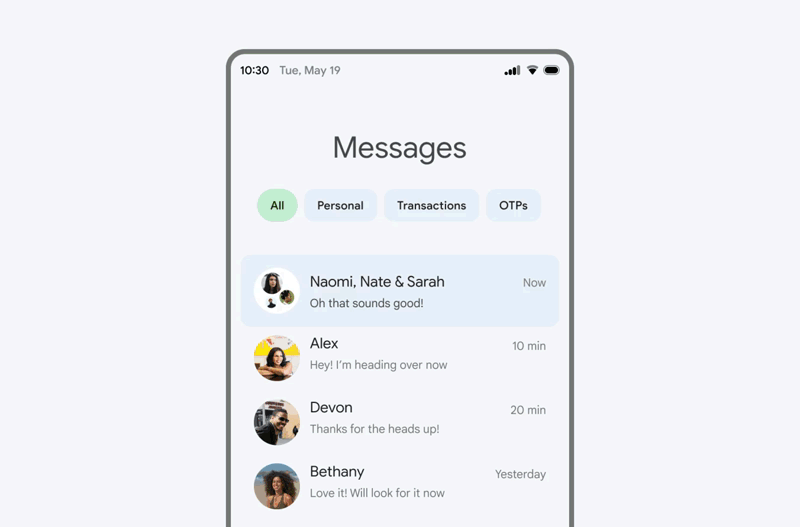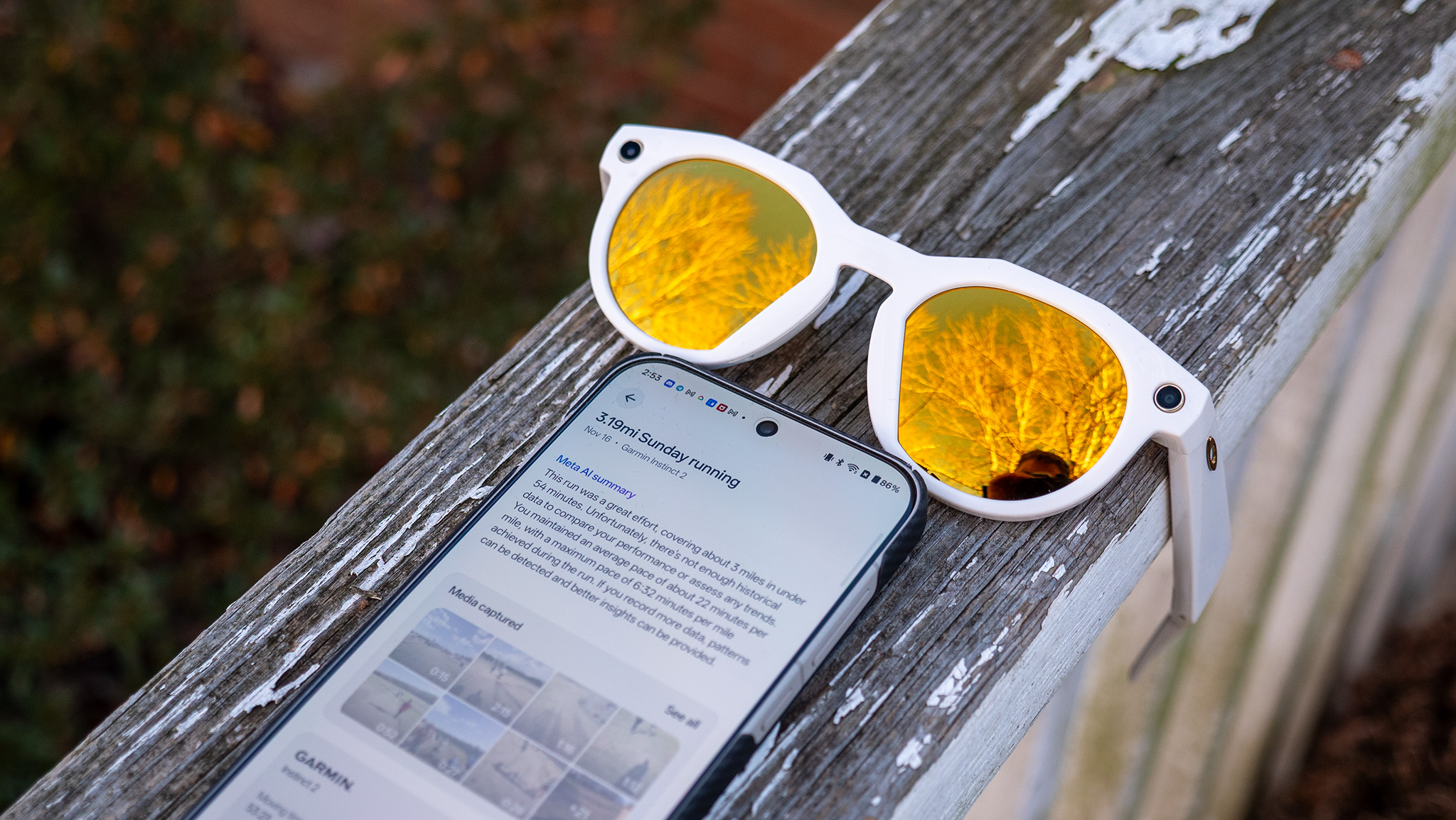The Galaxy Z Flip 3 is popular, but clamshell foldables aren't the future

Samsung has made it clear that it's trying to make foldable phones mainstream, and with its latest Samsung Galaxy Z Flip 3, it has managed to make them not only more stylish but much more accessible. However, according to analysts, even with Samsung's increased focus on its smaller clamshell foldable, other OEMs may not be so keen to follow suit, and price is the main driving factor.
Reports have recently pointed to Samsung's goal of shipping more than 10 million units of its best foldable phones. This will primarily account for successors to the Galaxy Z Fold 3 and Z Flip 3, with 2.9 million and 6.9 million shipments, respectively. While these numbers pale in comparison to its Galaxy S line, it would suggest that Samsung has seen more success with the Z Flip and the Z Fold.
And that certainly makes sense, given its smaller form factor and price tag, according to Ross Young, CEO of Display Supply Chain Consultants. "From July through November, the Z Flip 3 production was about 1.9X higher than the Z Fold 3," he told Android Central in an interview. "The biggest reason is the lower price. $999 is a compelling price point for many, making it a much bigger available market. It has done particularly well in Korea where it has become quite the trendy product/fashion statement."

I've personally noticed more people rocking the Galaxy Z Flip 3 lately, despite having never actually seen anyone in the wild with any version of the Galaxy Z Fold. And after having finally held a Flip for the first time this past week, I can definitely see the appeal. It's a surprisingly good-looking, compact device that makes me yearn for the days of slamming my phone shut to dramatically hang up on someone.
Young says that clamshell foldables accounted for a higher share of foldable displays in Q3 2021, and that trend will likely continue into 2022. This is not only because of Samsung, but other OEMs like Huawei and Xiaomi, which are expected to launch clamshell foldables by the end of this year and the second half of 2022, respectively.
However, Jitesh Ubrani, IDC's research manager of Worldwide Device Trackers, says that despite the popularity of Samsung's smaller, nostalgic, and trendier Galaxy Z Flip 3, OEMs aren't exactly clamoring to launch their own competing clamshell foldables. For instance, despite banking heavily on the nostalgia factor, Motorola has seemingly decided not to launch another RAZR this year, and it's unclear if we're going to get one any time soon.
In the near term, we're going to see more foldables akin to the Z Fold rather than the Z Flip, and many of these will come from Chinese brands. Beyond the Moto RAZR, I don't think we'll see clamshell foldables in the immediate future. Smartphone vendors want to move up in terms of pricing and struggle to justify higher Average Selling Prices (ASPs) with each launch. A device like the Z Fold makes it easier for the vendors to do just that.
Ubrani says that clamshell foldables, while less prone to some of the same software quirks as larger foldables, are limited due to smaller batteries and external displays, while offering a largely similar experience to regular smartphones. "Sure, there are some tradeoffs (e.g. double the thickness), but at least that comes with vastly improved screen real estate, and again, they allow both the user and the vendor to make sense of the higher price tag."
Get the latest news from Android Central, your trusted companion in the world of Android
Clamshell foldables don't bring anything new or groundbreaking to the table, while large-screen foldables offer the best of two worlds.
Indeed, the Galaxy Z Flip 3 is still expensive at $999 while offering comparable specs to cheaper Android phones. It only has two "rear" cameras, 8GB of RAM, 128GB of storage to start, and a Full HD+ display. These are similar specs to the Galaxy S21, which has a more versatile camera setup and can be picked up for $200 less than the Z Flip 3.
That said, there are plenty of Z Flip 3 Cyber Monday deals that can get you the foldable for much less than even the S21. Yet, while there are a few software tricks that take advantage of the folding display, the experience is largely the same when the device is fully open.
This is probably why OEMs are expected to focus on larger screen foldables, which bring new tablet-like experiences to mobile devices, which is critical at a time when Android tablet shipments are on the decline, as noted by the latest numbers from IDC. Yet, while OEMs outside of Samsung will lean towards larger foldables, these devices will still have a ways to go before they become truly mainstream. While Samsung improved the durability of its latest foldable phones with stronger materials and water resistance, Urbani says larger foldables still face durability issues, which need to be addressed to become more appealing to consumers.
Price is also a factor, as the Galaxy Z Fold 3 is nearly twice as expensive as the Z Flip 3. Samsung has managed to bring the price down when compared to the launch of their predecessors, but $1,800 for the Fold is still quite a pretty penny. According to Young, Samsung will have to bring that down below $1,400 and focus on improving the user experience to take better advantage of the form factor.
Fortunately, Android 12L should address at least one of those shortcomings when it launches next year, thanks to Google's efforts on optimizing Android for larger displays. The new software should be ready in time for Samsung's foldable successors, hopefully making them more appealing and user-friendly. But even then, Young says there is another form factor on the horizon that could get people talking.
"Rollables, which don't have the cost/power consumption from a cover screen, will also be a viable challenger to in-folding devices. We expect to see them appear from 2023." Until then, Samsung and other manufacturers will need to find that "killer app" for large-screen foldables while providing consumers with more reason to give clamshell foldables a chance beyond simple nostalgia.

Derrek is the managing editor of Android Central, helping to guide the site's editorial content and direction to reach and resonate with readers, old and new, who are just as passionate about tech as we are. He's been obsessed with mobile technology since he was 12, when he discovered the Nokia N90, and his love of flip phones and new form factors continues to this day. As a fitness enthusiast, he has always been curious about the intersection of tech and fitness. When he's not working, he's probably working out.

